Music of Ecuador, nestled in the heart of South America, Ecuador is a country that resonates not only with its breathtaking landscapes but also with a rich musical heritage that encapsulates the soul of its diverse culture. From the highland peaks of the Andes to the lush Amazon rainforest and the sun-kissed shores of the Pacific, Ecuadorian music weaves a tapestry of melodies, rhythms, and stories that reflect the nation’s indigenous roots, colonial influences, and contemporary expressions.
Indigenous Traditions: The Andean Pulse
At the core of Ecuadorian music are the indigenous rhythms that echo through the Andean highlands. The melodies of the panpipes, known as “zamponas,” and the rhythmic beat of the drum create an auditory landscape that transports listeners to the heart of the Andes. These traditional sounds have deep roots in the ancient music of the indigenous peoples, particularly the Quechua and Shuar communities.
One of the most iconic Andean genres is the “Sanjuanito,” a celebratory dance that captures the vibrant spirit of Ecuadorian folklore. Sanjuanito is often accompanied by energetic footwork and colorful costumes, creating a visual spectacle that mirrors the cultural richness of the Andean highlands. The music tells stories of nature, agriculture, and everyday life, preserving the essence of Ecuador’s indigenous heritage.
Coastal Rhythms: Mestizo Influences
Moving towards the Pacific coast, Ecuador’s musical landscape undergoes a transformation with the infusion of African and Spanish influences. The “Marimba,” an instrument of African origin, takes center stage, contributing to the lively coastal rhythms that characterize the region. This blend of African, indigenous, and Spanish elements gives rise to the “Cumbia,” a genre that reflects the vibrant cultural mosaic of coastal Ecuador.
Cumbia is not just a dance; it’s a celebration of life, love, and the rhythmic heartbeat of the coast. The melodies of the marimba intertwine with Spanish-influenced guitar riffs, creating a unique sound that is both infectious and soulful. The lyrics often narrate tales of everyday life and the cultural diversity that defines the coastal communities.
Amazonian Beats: The Pulse of the Rainforest
Descending into the Amazon rainforest, the music of Ecuador takes on a primal and enchanting quality. The indigenous communities of the Amazon, such as the Shuar and Kichwa, use music as a tool to connect with the natural world and express their spiritual beliefs. The “Shuar Chakana” and “Pujilí” are examples of Amazonian music that feature traditional instruments like drums and flutes, echoing through the dense foliage.
In the heart of the rainforest, where the symphony of nature meets the rhythm of indigenous chants, music becomes a conduit for storytelling and cultural preservation. The beats of the drum mimic the heartbeat of the jungle, creating a harmonious dialogue between humanity and the untamed wilderness that surrounds them.
Colonial Echoes: The Legacy of Spanish Influence
The colonial era left an indelible mark on Ecuadorian music, introducing instruments like the guitar and shaping new musical genres. The “Pasillo” is a prime example, a genre that emerged during the 19th century and has since become an integral part of Ecuador’s musical identity. Characterized by its sentimental melodies and poignant lyrics, the Pasillo often reflects themes of love, nostalgia, and national pride.
In addition to the Pasillo, the “Albazo” is another genre that emerged from the fusion of indigenous and Spanish influences. With its lively tempo and romantic undertones, the Albazo captures the essence of Ecuador’s colonial history, where diverse musical elements converged to create a sound that resonates through the centuries.
Contemporary Fusion: Ecuadorian Music in the 21st Century
As Ecuador embraces the 21st century, its music continues to evolve, blending traditional elements with contemporary genres. Artists like Juan Fernando Velasco and Grupo Sambofónicos are at the forefront of this musical fusion, incorporating Ecuador’s diverse cultural influences into their compositions.
Velasco, known for his soul-stirring ballads, seamlessly weaves together indigenous rhythms and contemporary pop elements, creating a sound that is both modern and deeply rooted in Ecuadorian tradition. Grupo Sambofónicos, on the other hand, explores the fusion of Andean and Afro-Ecuadorian rhythms, infusing their music with a dynamic energy that mirrors the cultural diversity of the nation.
Conclusion: A Symphony of Diversity
Ecuadorian music is not a monolithic entity; it is a living, breathing testament to the nation’s cultural diversity and historical resilience. From the highland melodies of the Andes to the coastal rhythms of the Pacific and the primal beats of the Amazon, Ecuador’s musical journey is a harmonious symphony that encapsulates the spirit of a nation.
As Ecuador continues to evolve, so does its music – a reflection of the dynamic interplay between tradition and innovation. Whether in the heartfelt ballads of Juan Fernando Velasco, the celebratory beats of the Sanjuanito, or the enchanting melodies of the Marimba, Ecuadorian music remains a powerful expression of identity, connecting the past with the present and resonating with the heartbeat of a nation.
Famous Artists:
Ecuador has produced a number of celebrated musicians and artists who have made significant contributions to the country’s musical landscape. Some of the most famous Ecuadorian musicians and artists include:
- Juan Fernando Velasco: Juan Fernando Velasco is a well-known singer and songwriter who has achieved international recognition for his music, which often blends traditional Ecuadorian sounds with contemporary influences.
- Los Hermanos Miño Naranjo: This group is known for their interpretations of pasillo music and their contributions to preserving and promoting this iconic genre.
- Cholo Valderrama: Cholo Valderrama is an iconic figure in the Andean music scene, celebrated for his contributions to preserving and promoting traditional Andean music.
- Negro José: Negro José is a prominent figure in Afro-Ecuadorian music, known for his captivating drumming and singing performances in the bomba tradition.
- Jacinto Jijón y Caamaño: This historical figure is celebrated for his work in documenting and preserving traditional Ecuadorian music and folklore.


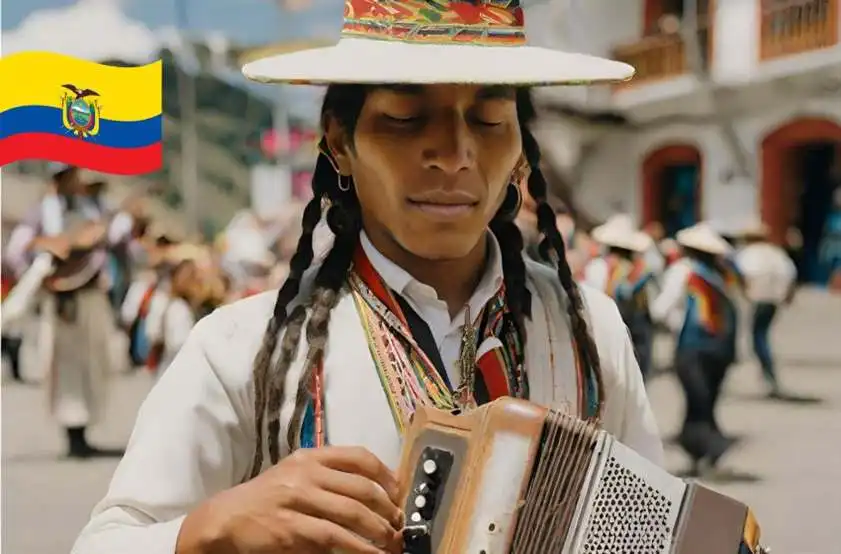
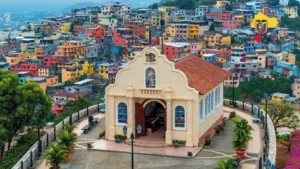
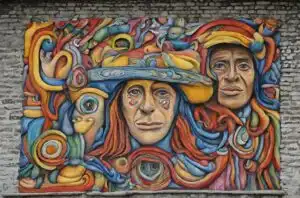
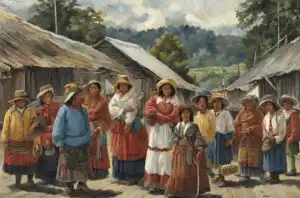
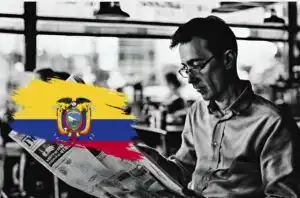




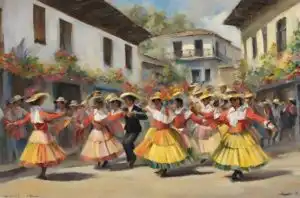

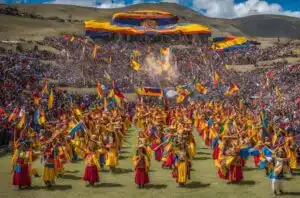
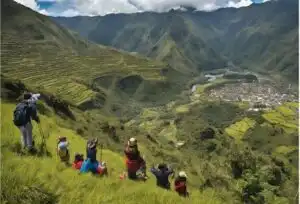


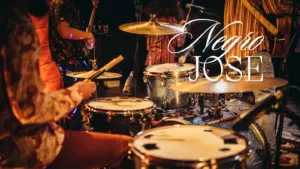


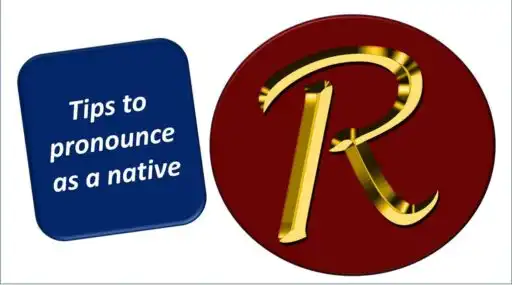
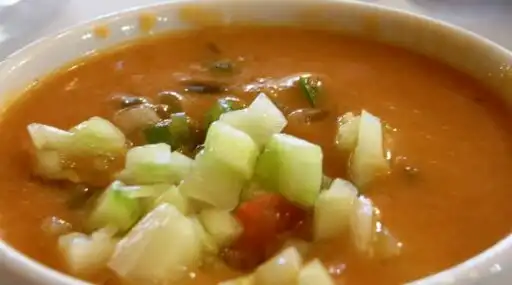

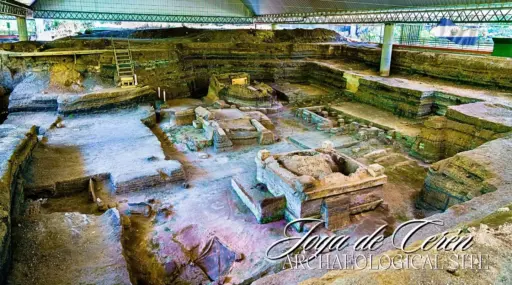
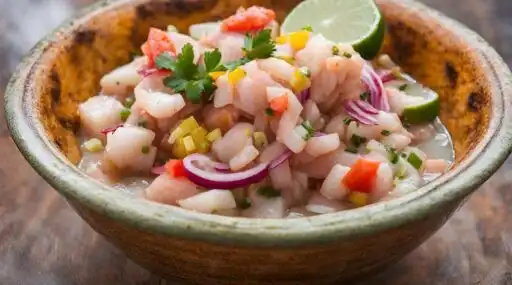

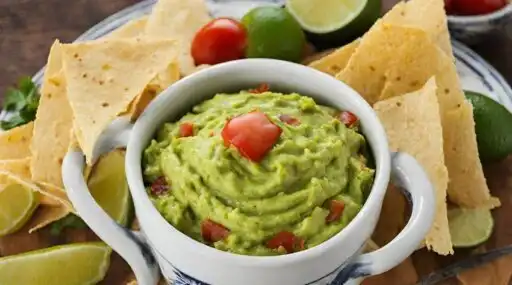




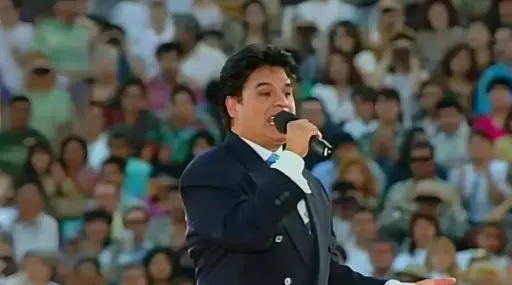


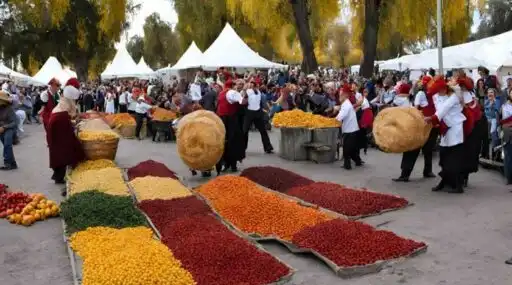
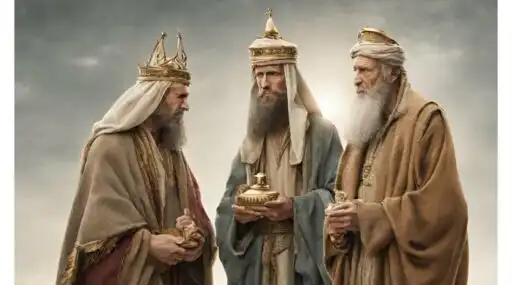
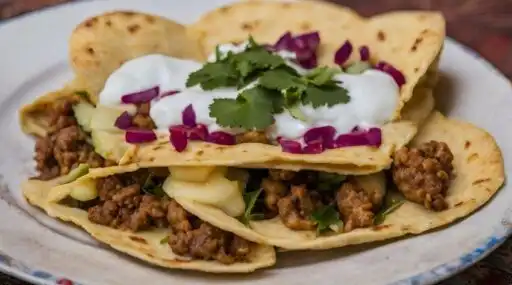
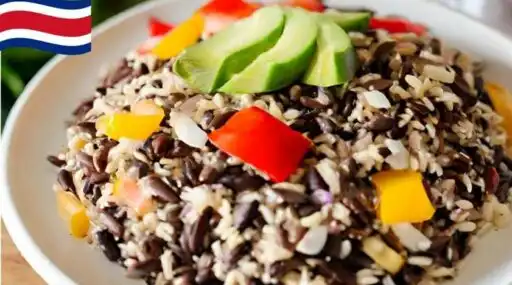
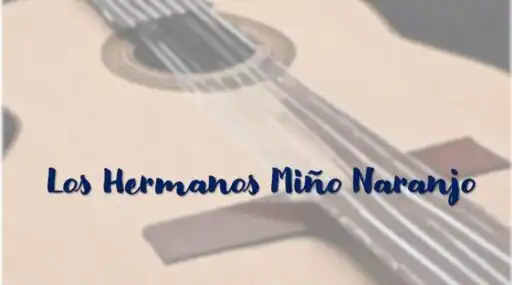

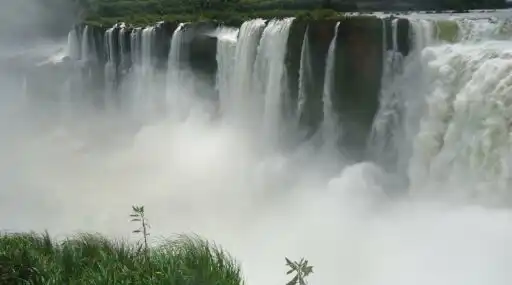

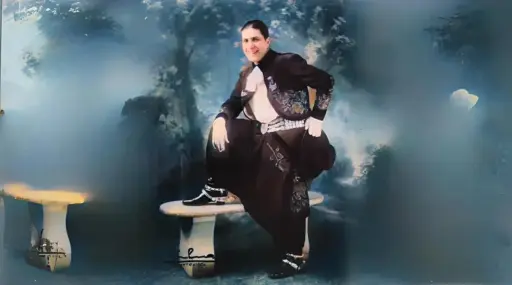
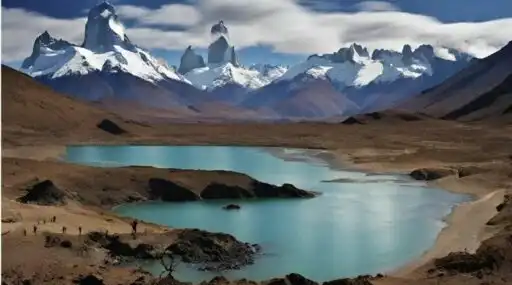
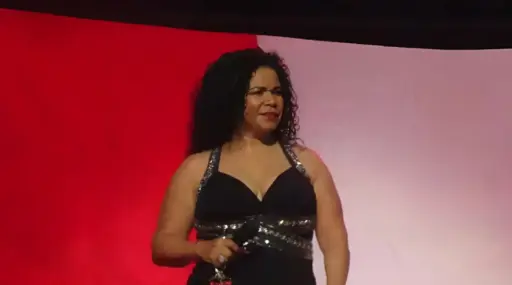
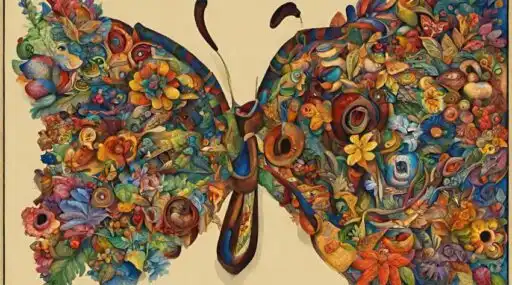
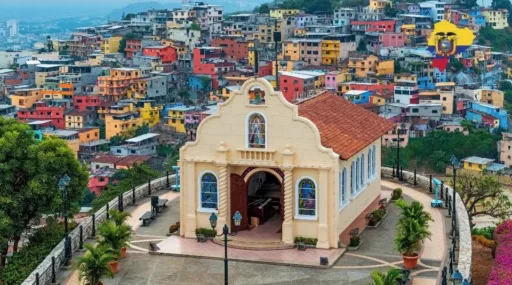

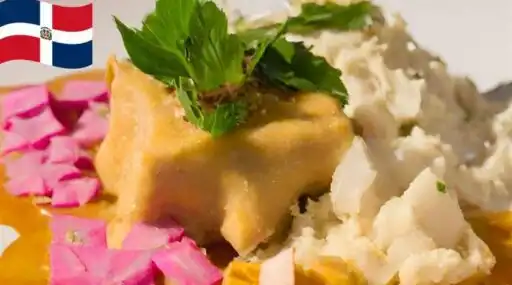
Leave a Reply